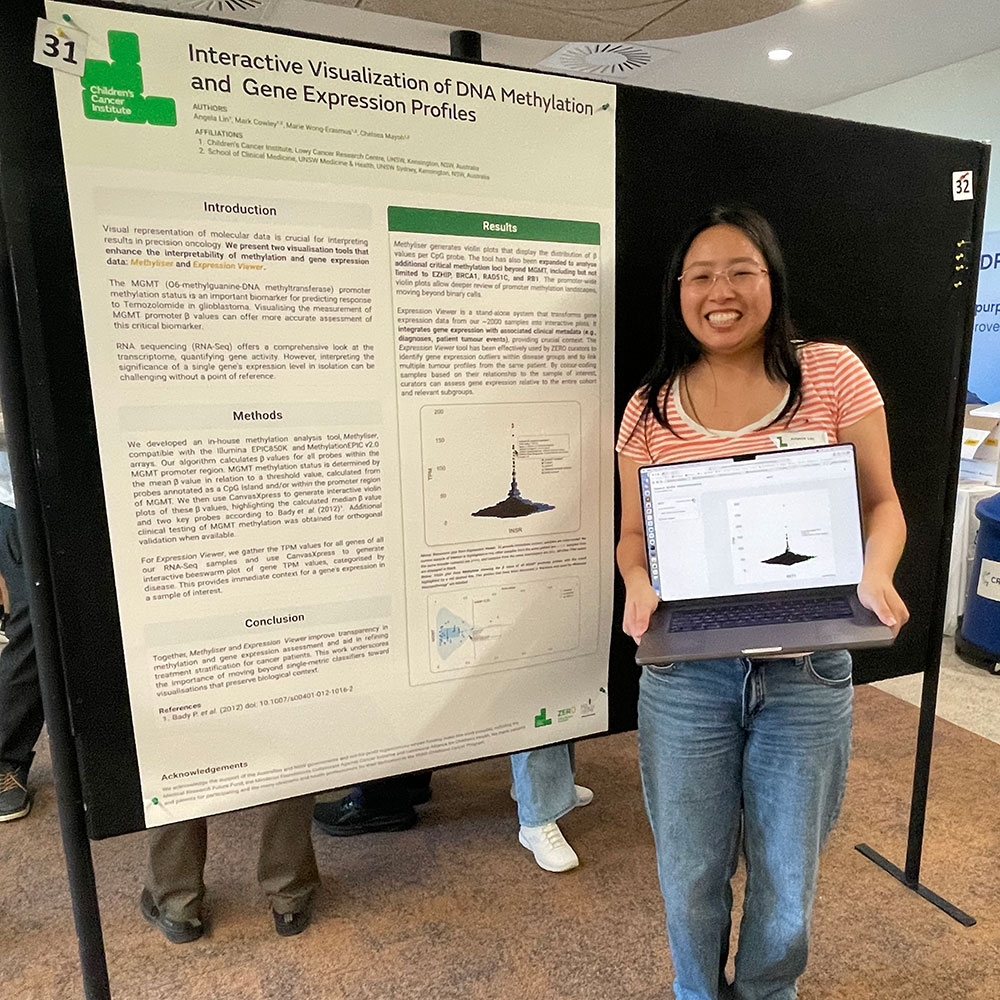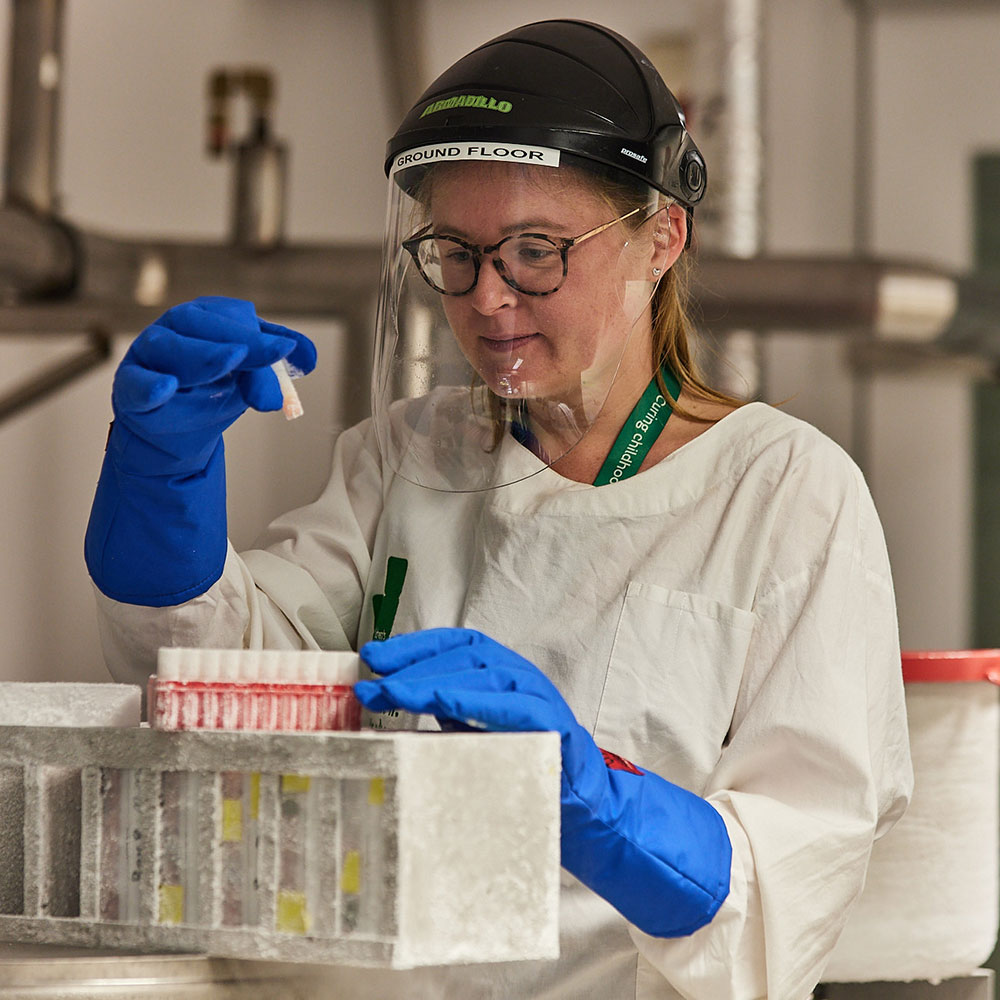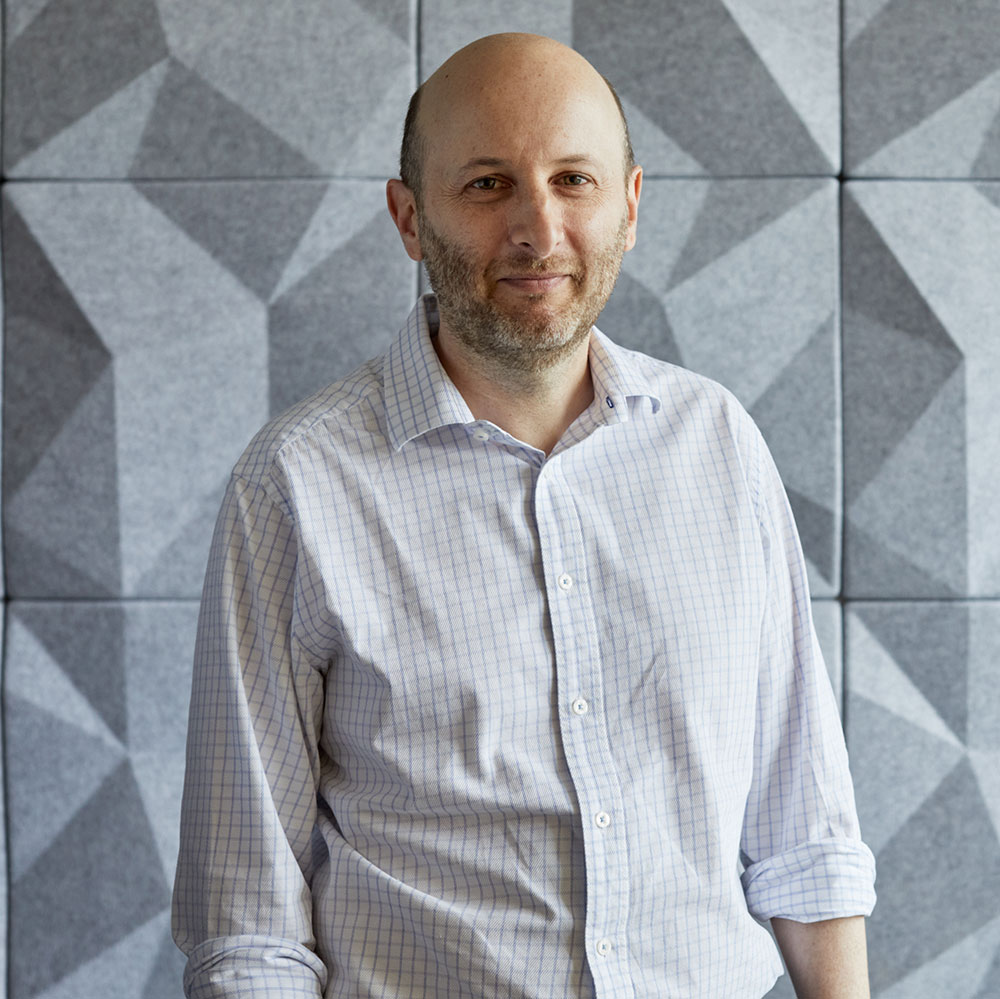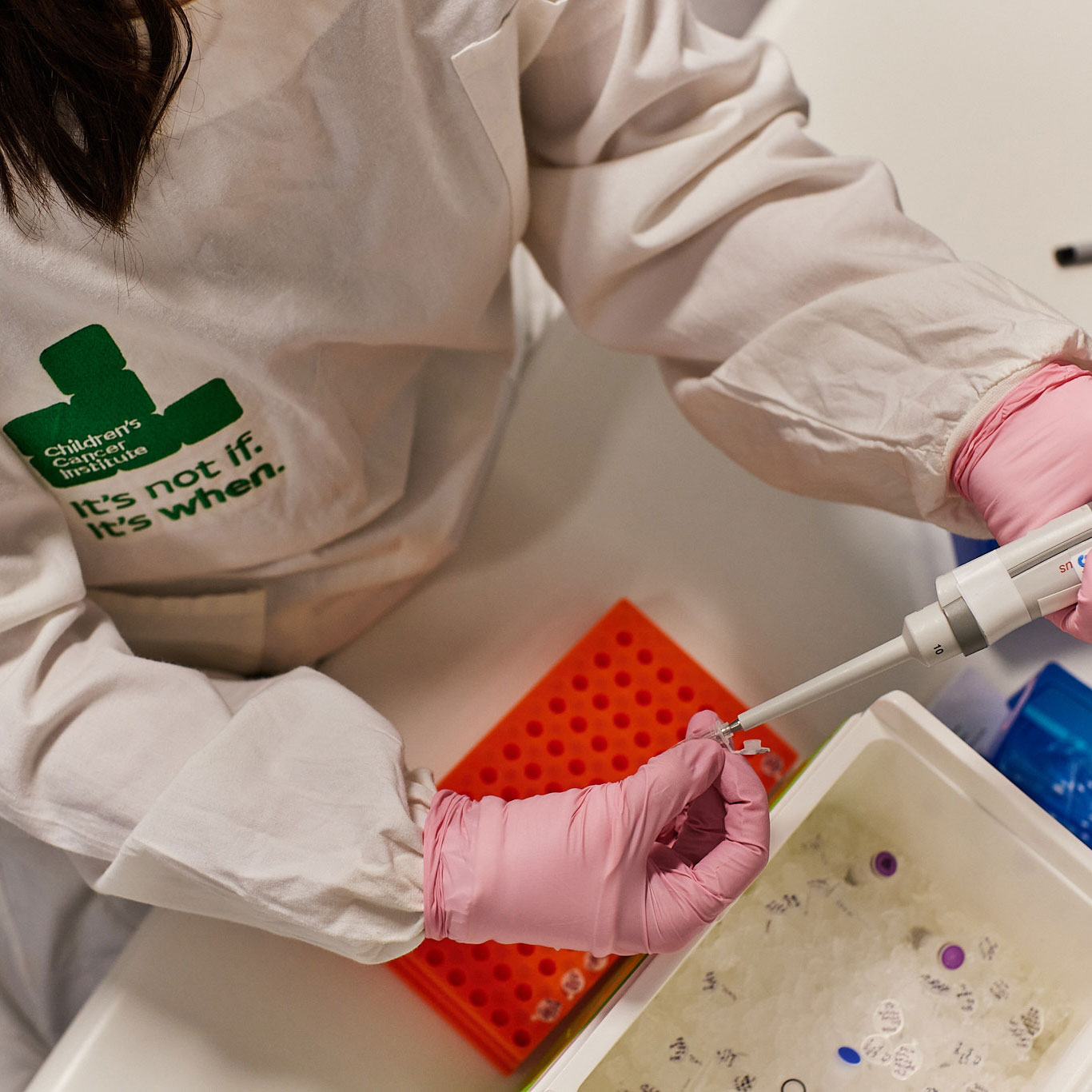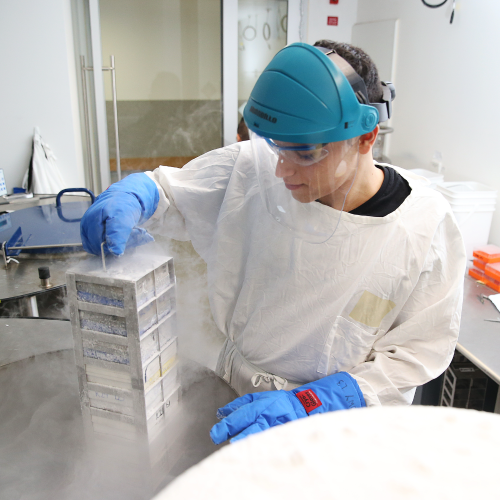Neuroblastoma is a childhood cancer of specialised cells involved in the development of the nervous system and other tissues. It’s the most common solid tumour in early childhood, with average age of diagnosis 2 years old. Neuroblastoma claims more lives of children under the age of 5 than any other cancer. Over 20 babies and toddlers will die from this disease in Australia this year. The survival rate for high-risk neuroblastoma is about 50% and the rate for the most aggressive form can be as low as 15%.
Medical research in our labs . . .
Many aspects of neuroblastoma biology, diagnosis and potential treatments are researched in our labs. Here are a few examples.
The drug DFMO, our research found, helps chemotherapy drugs more effectively kill neuroblastoma cells. DFMO is undergoing an international Phase I clinical trial for children with relapsed neuroblastoma led by Sydney Children’s Hospital, Randwick. The cost of DFMO for this clinical trial is being supported by The Kids Cancer Project and Lions Childhood Cancer Research Foundation.
CBL0137 is a potential drug that our research showed prevents cancer cells from repairing DNA damage induced by chemotherapy. It’s in Phase I clinical trials for adult cancers in the US and Russia with plans for a clinical trial in paediatric cancers, including neuroblastoma.
A national clinical trial involving 120 children with the most serious cases of infant, childhood and adolescent cancer, including children with neuroblastoma, will open in 2017 as part of the Zero Childhood Cancer national personalised medicine program. A flagship initiative of Children’s Cancer Institute and the Sydney Children’s Hospitals Network, the program is in a pilot stage.
Among other projects, we’re working with the Cancer Therapeutics Co-operative Research Centre (CTx) developing inhibitors of the MYCN gene, well-known to be associated with aggressive paediatric cancers, especially neuroblastoma. And we’re investigating the role of cellular proteins like stathmin, a signalling protein that allows cancer cells to migrate to other organs.
. . . and worldwide
We were convenors of the Advances in Neuroblastoma Research Congress, ANR2016, held in June. This international conference brought 400 neuroblastoma experts together to share the latest research developments.
The conference presented reports on immunotherapy approaches including chimeric antigen receptor T (CAR-T) cells; studies comparing the genetics of neuroblastomas at diagnosis and relapse; and research into alterations to the gene TERT, part of a crucial process that allows tumour cells to replicate indefinitely. An emerging topic was disease detection and monitoring with so-called ‘liquid biopsies’, looking to a possible future of simple blood tests for tracking neuroblastoma.
A Neuroblastoma Parents Day was held at ANR2016. Videos of the presentations are on YouTube.
Meet a researcher

Dr Dan Carter is a project leader in the Molecular Carcinogenesis Program. He is doing research to determine the mechanisms of MYCN-driven neuroblastoma tumorigenesis, and develop targeted therapies. His pre-clinical research into CBL0137 showed how the drug significantly reduces neuroblastoma tumour initiation and progression.



